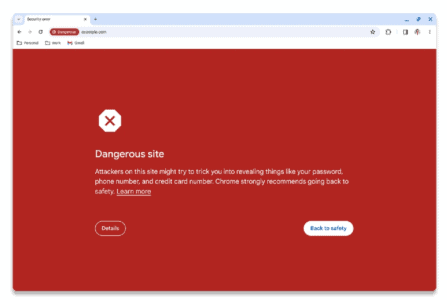Google is following the example of Mozilla Firefox and will make the website notification system from Chrome 80, which appears next month, a lot less cumbersome for users.
The possibility of push notifications for websites may once have seemed a good idea, and it certainly has its usefulness in certain scenarios, but today’s practice is different. It has resulted in a real notification spam, where almost every website you visit is flooded with a pop-up to turn on notifications.
The feature is overused by a lot of websites, and recently, cybercriminals have discovered how to take advantage of it. When a user arrives at a malicious website and inadvertently turns on the notifications, the attacker can continue to bombard the victim with notifications to download malware or by clicking on suspicious links for days afterwards.
Firefox takes first step
The website notification system was already introduced in Chrome in September 2012, Firefox followed in June 2013. The latter put a stop to web alerts last November.
As of Firefox 72, which is generally available today, pop-ups to enable notifications are hidden behind a new icon in the address bar. As a result, pop-ups are no longer in the way, and users must actively decide to click on the icon to enable notifications.
Chrome follows
Now, Google announces a similar adaptation for Chrome. From version 80 onwards, most pop-ups will be blocked by default and, just like in Firefox, an icon will be shown in the address bar.
The function can be enabled manually, but Google also provides two automatic ways. Notification requests are automatically hidden from users who regularly click away these pop-ups and on websites whose users generally rarely accept notifications.
In this way, Google hopes that the function can still be used normally for websites that use the notifications in a legitimate way, such as news sites and social media.



















